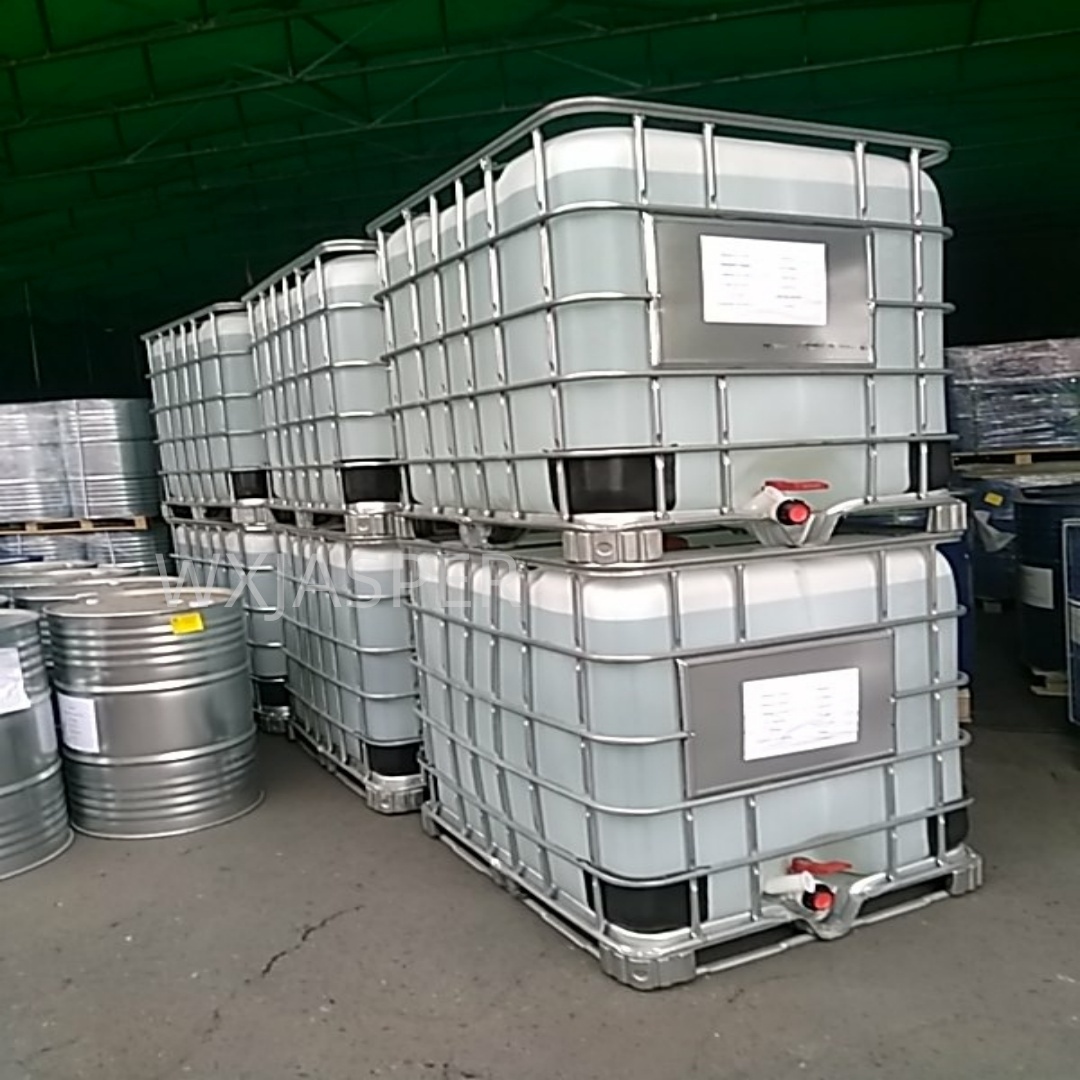Your Location:Home > Products > Solvents > Ethylene carbonate



CasNo: 96-49-1
MF: C3H4O3
Appearance: liquid
Delivery Time: 15 days
Packing: 1BC/drum
Purity: 99.5%
Basic Information
|
Model NO. |
96-49-1 |
Appearance |
Liquid |
|
Color |
White |
Purity |
99.5% |
|
Sample |
Available |
Specification |
1BC/drum |
|
Grade Standard |
Industrial Grade |
Origin |
China |
|
Transport Package |
Drum |
|
|
Product Description
Product Name:Ethylene carbonate
CAS No: 96-49-1
Molecular formula :C3H4O3
Form: Liquid
Product Application
Lithium - Ion Battery Field:It is an excellent organic solvent for lithium - ion battery electrolytes. In new - energy lithium - ion power batteries, ethylene carbonate can improve the performance of the electrolyte, which is beneficial to enhancing the overall performance of lithium - ion batteries.
Organic Synthesis Field: As an important organic intermediate, it can replace ethylene oxide in dioxygenation reactions. It is also the main raw material for the production of dimethyl carbonate by the transesterification method. In addition, it is used in the synthesis of drugs such as furazolidone.
Packaging
IBC (1000L) drums
Storage
Should be stored in a cool, well - ventilated, and dry place. It is stored and transported in accordance with general chemical regulations. Avoid exposure to high temperatures, open flames, and direct sunlight. Keep away from oxidizing agents, acids, and bases during storage to prevent chemical reactions.